Additional information
| Weight | 1 lbs |
|---|---|
| Dimensions | 4 × 4 × 4 in |
| Height | |
| Blooms | |
| Color | |
| Moisture | |
| Light |
Our 2024 plant list will be available in mid-Febrary 2024. Orders will begin to ship in May - June 2024 Dismiss
$12.00
Host Plant – Red Admiral, Eastern Comma, Question Mark Preferring wet-mesic and semi-shady sites, Boehmeria cylindrica lacks the stinging hairs of some of its nettle cousins. Stringy heads of tiny yellow-green flowers form between leaf stems in summer. Moths and butterflies are attracted to this modest plant.
Out of stock
| Weight | 1 lbs |
|---|---|
| Dimensions | 4 × 4 × 4 in |
| Height | |
| Blooms | |
| Color | |
| Moisture | |
| Light |
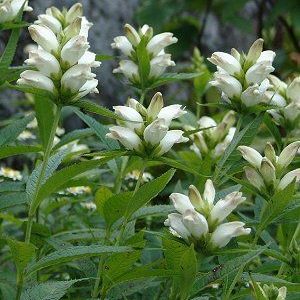
Host Plant – Baltimore Checkerspot
Spikes of elegant white flowers top shiny green foliage in late summer and early fall. Grows best in moist meadows, stream banks, and swamps. Favorite breeding site for the Baltimore Checkerspot Butterfly.
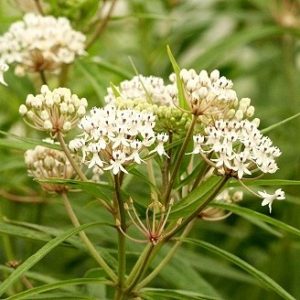
Aquatic Milkweed is a petite white milkweed suitable for wet soils. It survives in water and will grow in light-sandy and medium-loamy soils. Native to stream sides it is generally most common in lightly shaded woodlands near streams. This little milkweed is a great performer, being shade tolerant and flowering spring through autumn.
Available to ship mid-late June.
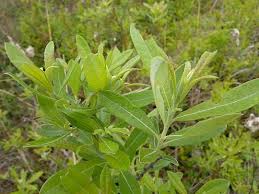
This shrub is 2-8′ tall, often branching near the base and toward the tips of older stems. Woody stems are terete and variably colored – usually some shade of yellowish tan, brown, or gray. Young woody stems are often short-pubescent, but they become glabrous with age. New shoots are light green and short-pubescent. Alternate leaves occur along young stems and shoots. The leaf blades are 1¾-4″ long and ¼-¾” across; they are narrowly lanceolate, oblanceolate, or oblong-elliptic in shape and smooth to slightly crenate along their margins. The margins are often revolute (curved downward) as well. The upper surface of the leaf blades is medium green or grayish green and glabrous to sparsely short-pubescent, while the lower surface (for this variety of Prairie Willow) is short-pubescent and sometimes whitened. The petioles are ¼-½” in length and short-pubescent. At the base of the petioles, lanceolate stipules are sometimes found.
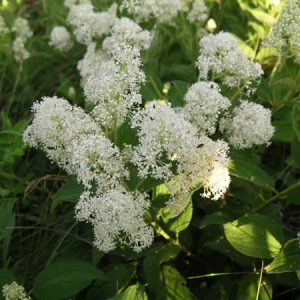
Host Plant – Eastern Tailed Blue / Spring Azure / Summer Azure
A deciduous shrub that grows just 3′ tall, the dried leaves of New Jersey Tea make a flavorful tea that was popular during the Revolutionary War. This extremely adaptable species can withstand inhospitable conditions because of massive, deep roots.
The white flower poms are attractive to butterflies, hummingbirds and pollinators.
New Jersey Tea is excellent as a shrub border and a is a fabulous addition for native plant gardens. It is also effective as a shrubby ground cover for hard-to-grow areas such as dry rocky slopes and banks. Easily grown in average, dry to medium, well-drained soils in full sun to part shade. Best in sandy loams or rocky soils with good drainage. Thick, woody, red roots go deep and help plant withstand droughty conditions, but make established shrubs difficult to transplant.
Grown in one quart pot with approximately 6” of top growth.
Plants grown without harmful pesticides and are safe for butterfly gardens.
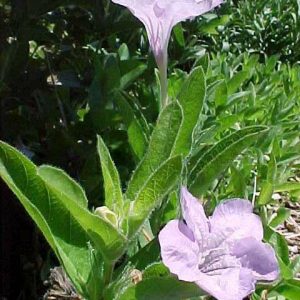
Host plant – Common Buckeye Butterfly
Wild petunia occurs in dryish soils in open woods, glades, prairies and fields throughout the State except for the far southeastern lowlands. Typically grows to 2′ tall. Features tubular, bell-shaped, petunia-like flowers (to 3″ long), each with five shallow rounded lobes. May to October bloom period. Lavender to lilac flowers appear singly or in clusters in the upper leaf axils. Oblong to lanceolate, olive green leaves to 4″ long. Leaves and stems are hairy. This plant in on threatened list in the state of Michigan.
Available for shipping mid May
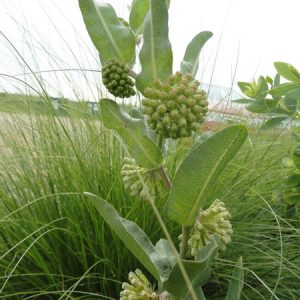
Asclepias viridiflora Short Green Milkweed is a Michigan native milkweed. While somewhat rare it has an extensive range throughout the United States. The plant matures to 1-3′ in height making it a nice choice for borders. Short Green Milkweed blooms during early summer with blooms lasting about three weeks. Flowers are light green to green and as the plant matures the flowers begin to turn yellowish green or purplish green. It prefers full to partial sun and grows in a variety of soils but prefers dry-mesic to mesic. Habitats include openings in upland forests that are rocky or sandy; upland black soil prairies, sand prairies, gravel prairies, and hill prairies; barrens, limestone glades, and sand dunes; and abandoned fields.
The flowers attract bumblebees and butterflies. Also known as Green Milkweed, Green Comet Milkweed, Green Antelopehorn Milkweed, Green-Flowered Milkweed.
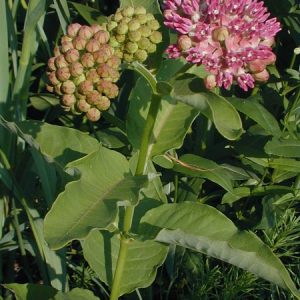
USA: AR, CT, DC, DE, GA, IA, IL, IN, KS, KY, LA, MA, MD, MI, MN, MO, MS, NC, NE, NH, NJ, NY, OH, OK, PA, RI, SD, TN, TX, VA, WI, WV
Asclepias purpurascens – Purple Milkweed is a Michigan native milkweed and is native to most of the eastern United States though it is uncommon to rare in cultivated gardens. Similar to Ascelpeias syriaca (Common Milkweed) it is an excellent garden choice due to its non-invasive nature. It has a long bloom season and the fragrant, intense rosy pink flowers attract numerous insects and butterflies. Purple Milkweed is very tolerant of a wide variety of soils and light levels making it easy to grow. It will tolerate shade, but blooms better in the sun. It commonly occurs in dry to moist open woods, dry ridge tops, thickets, glades, prairie openings, stream banks and wet meadows.
All of our plants are grown without the use of harmful pesticides and are safe for developing larvae.
Grown in 4.5″ square pot.
Available mid-late June 2017
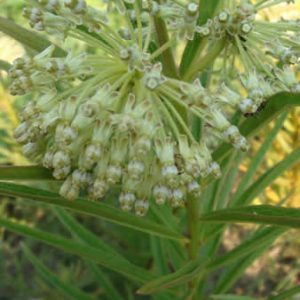
Asclepias hirtella Tall Green Milkweed is a Michigan native although it is considered threatened in the state. Tall Green Milkweed is found throughout the Tallgrass Prairie region in open areas, usually in prairies or remnants of prairies and throughout the midwest. Though not as well known as other varieties of milkweed, Tall Green Milkweed distinguishes itself with abundant clusters of green-white flowers that attract many butterflies and bees.
Other Common Names in use include Green Milkweed.
Available May 2017
